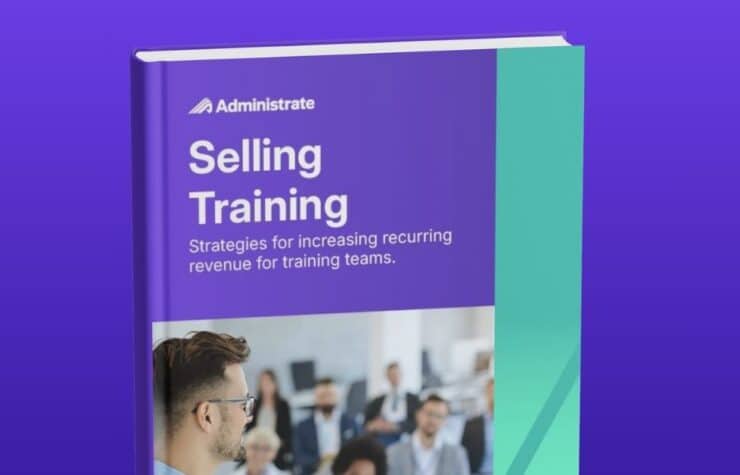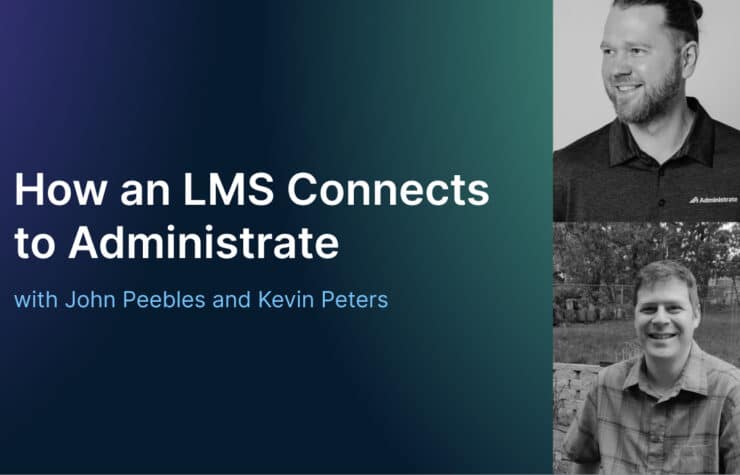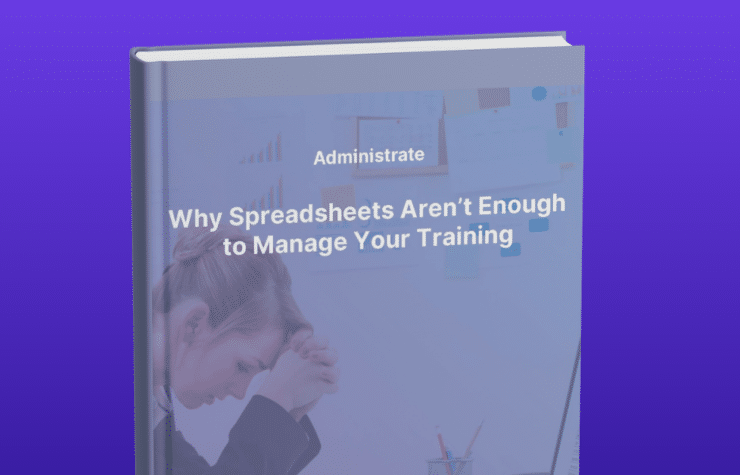
Selling Training
30 minute readTraining can be a source of valuable recurring revenue. This guide explains how you can get started, and which tools…
Get the Guide
Resources
Stay up-to-date on training trends and explore innovations in training leadership with our ebooks, webinars, blogs, and more.


Training can be a source of valuable recurring revenue. This guide explains how you can get started, and which tools…
Get the Guide

In this video, the Administrate team digs deep into LMS integrations for the Administrate training platform.
Get the Event

Explore why top training teams grow beyond spreadsheets and how to know if you’re ready to do the same.
Get the Guide
Implementing digital transformation for training management has become a requirement for enterprise business. Explore the tech strategies your training team can leverage to stay ahead of the curve.

In this LinkedIn Live event, the Administrate crew digs into Scheduler and reveals how it helps teams plan and schedule…
Get the Event